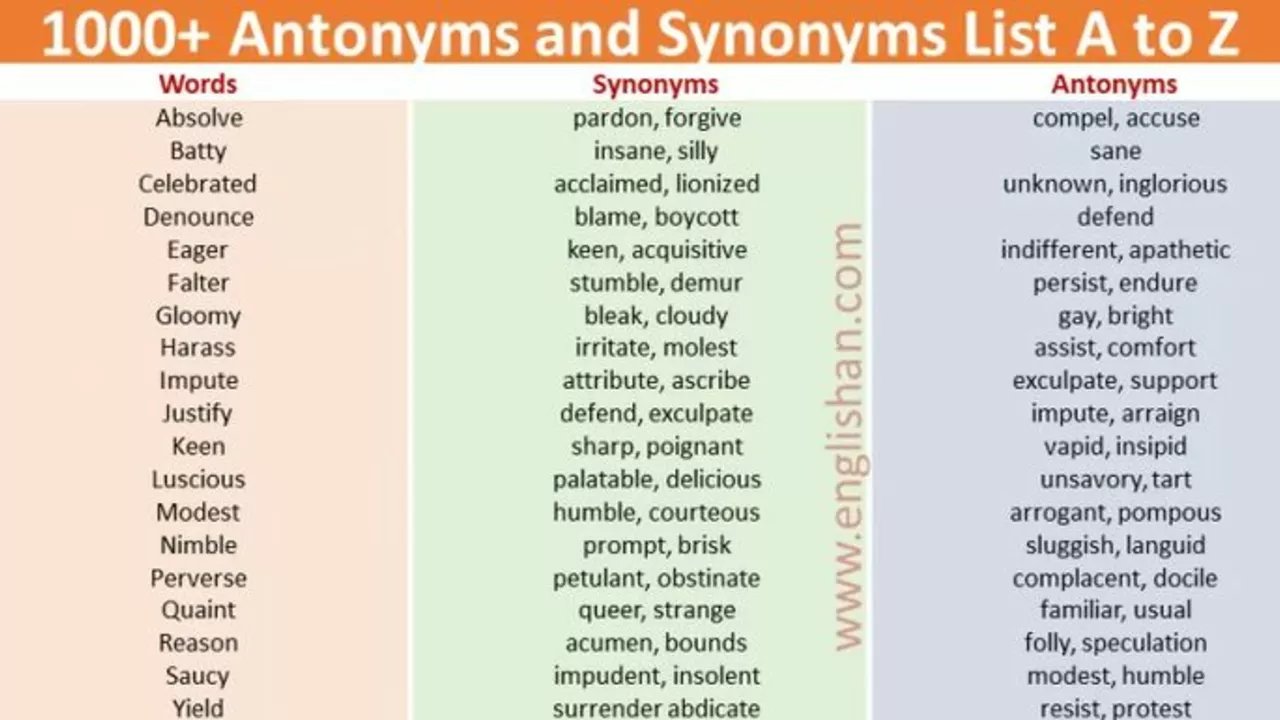July 2023 Archive: Quick Picks from Mobile Info Hub
Hey there! If you’re looking for a fast rundown of what we posted in July, you’re in the right spot. We covered everything from a bold new tech claim to handy language tips, plus a glimpse at future‑proof tech and classroom tricks. Let’s break it down so you can grab the bits that matter most.
Tech Highlights
First up, we took a wild ride with Ahmad’s KeysFact. The headline asked if it was “better than the best,” and we answered with a big, enthusiastic yes. The tool packs features that feel like a superhero in the app world—fast, reliable, and surprisingly user‑friendly. If you’re hunting for a solution that stands out in a sea of mediocrity, this one’s worth a test run.
Next, we dove into quantum computing and its real‑world punch. Think drug discovery sped up to days, crypto security that actually stays ahead of hackers, finance models that predict risk with laser precision, and weather forecasts that nail the details. These aren’t science‑fiction fantasies; they’re already shaping labs and businesses today. Keep an eye on this space if you want to stay ahead of the tech curve.
Learning & Language
On the language side, we shared a quick cheat‑sheet for anyone needing a synonym for “feasible.” Words like “possible,” “doable,” “achievable,” and “practical” fit right in, and swapping them in makes your writing feel fresher without sounding forced. Keep the list handy and boost your vocab in minutes.
We also cleared up the confusion between terminology and technology. Terminology is simply the set of words a field uses to talk about its ideas—think of it as the language of a discipline. Technology, on the other hand, is the actual tools and systems built from scientific knowledge. Knowing the difference helps you explain complex topics without mixing up the words and the gadgets.
Finally, we gave teachers a practical roadmap for bringing educational technology into the classroom. Start by spotting what students struggle with, pick tools that match those needs—like interactive whiteboards, tablets, or learning apps—and make sure both teachers and students get solid training. Then, keep checking if the tech actually improves engagement and learning outcomes. Simple, step‑by‑step, and adaptable to any school.
That’s the July snapshot in a nutshell. Whether you’re a tech geek, a language lover, or an educator, there’s something here to spark your next move. Come back anytime for deeper dives on any of these topics.

Ahmad's KeysFact Better Then Best World?
Well, folks, buckle up and prepare yourselves for a wild ride! We're plunging headfirst into the exhilarating world of Ahmad's KeysFact, and boy oh boy, isn't it better than the best? A resounding YES is the answer to that! It's like finding an oasis in a desert of mediocrity. With its unmatched features, it's like the Superman of the tech universe, soaring high above its competitors. Honestly, if the world were a pizza, Ahmad's KeysFact would be the extra cheese that makes everything so much tastier. So, in conclusion, is Ahmad's KeysFact better than the best world? You bet your sweet bippy it is!

What are some synonyms for 'feasible'? - English words?
In the vast world of English vocabulary, there are several synonyms for the word 'feasible'. These include 'possible', 'doable', 'achievable', and 'practical', among others. Each of these words carries the same core idea of something being capable of being done or carried out. So, next time you're looking for a way to say that something is feasible, remember that there's a whole list of alternatives at your disposal!

What are some innovative applications of quantum computing?
Quantum computing is truly redefining our technological capabilities. It's being used to speed up drug discovery, with the ability to analyze vast amounts of data in record time. It's also being applied in the field of cryptography, where it can crack codes and ensure higher levels of security. Furthermore, quantum computing is revolutionizing financial modeling by providing more accurate risk assessment. Lastly, it's making waves in weather forecasting by enhancing our ability to predict weather patterns.

How to incorporate educational technology in your classroom?
Incorporating educational technology in the classroom can be a game changer, enhancing both teaching and learning experiences. It's crucial to begin by identifying the needs of your students and the goals of your curriculum. You can then select appropriate digital tools like interactive whiteboards, tablets, or education apps that promote engagement and active learning. Training and support are essential for both teachers and students to effectively use these technologies. Lastly, remember to constantly evaluate and adapt your approach to ensure it remains effective and relevant.